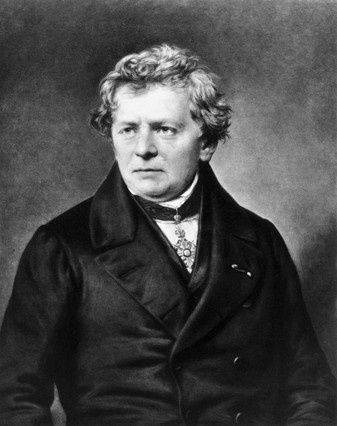@ironie
This is an example of why electricity can be so confusing to some people.
Voltage measured in volts is either the measure of electromotive force (EMF) or potential difference (PD) the main difference between the two is EMF is the off-load voltage and PD is the on-load voltage. Shown as "V" in your drawing.
Resistance or impedance is the value of the load, the opposition to the flow of current, measured in Ohms. "R" in the drawing. In an alternating current circuit the load value is impedance but still measured in ohms, but in low frequency circuits the principles are essentially the same.
Current is the flow of electricity, measured in amperes or Amps. It's what some people call amperage and is shown as "I" in your drawing.
It is a misconception that a battery or other type of supply can supply any more than the terminal voltage which I say is in the case of a vehicle a nominal value of 12 volts, but that can increase up to roughly about 15 volts when being charged by an alternator.
The current (or amperage as you call it) being drawn from the battery is dependant on the value of the resistance of the load and the voltage of the supply, both of which remain largely constant and not what the battery is listed as able to supply such as its CCA, or the value of the fuse. If the load is a high resistance value, a lower current will be drawn and if the load resistance is a low value then a higher current will flow.
Ohm's law in the form of a formula states that:-
I=E/R
where "I" is the current in amperes, "E" is the electromotive force in volts and "R" is the resistance of the circuit.
I can see where your assumption is going wrong. First you are trying to introduce a term called "amperage" into the system when there is no call for it. Secondly your assumption is that the current remains the same, and tied to figures stated for things like the CCA.
As I've already said, a 55w headlight bulb even when it's connected directly across a 12 volt battery with a CCA of 1000 amps and no fuse in the circuit will still only draw 3.7 amps. It will draw the same current from a battery with a CCA of 800 amperes or 600 amperes or even a power supply with a maximum output of 30 amperes.
Don't ask me how I know, I've only been a radio, radar and electronics engineer for more than 40 years and Ohms law hasn't been changed since I had it hammered into me way back in the mid 1960's.


